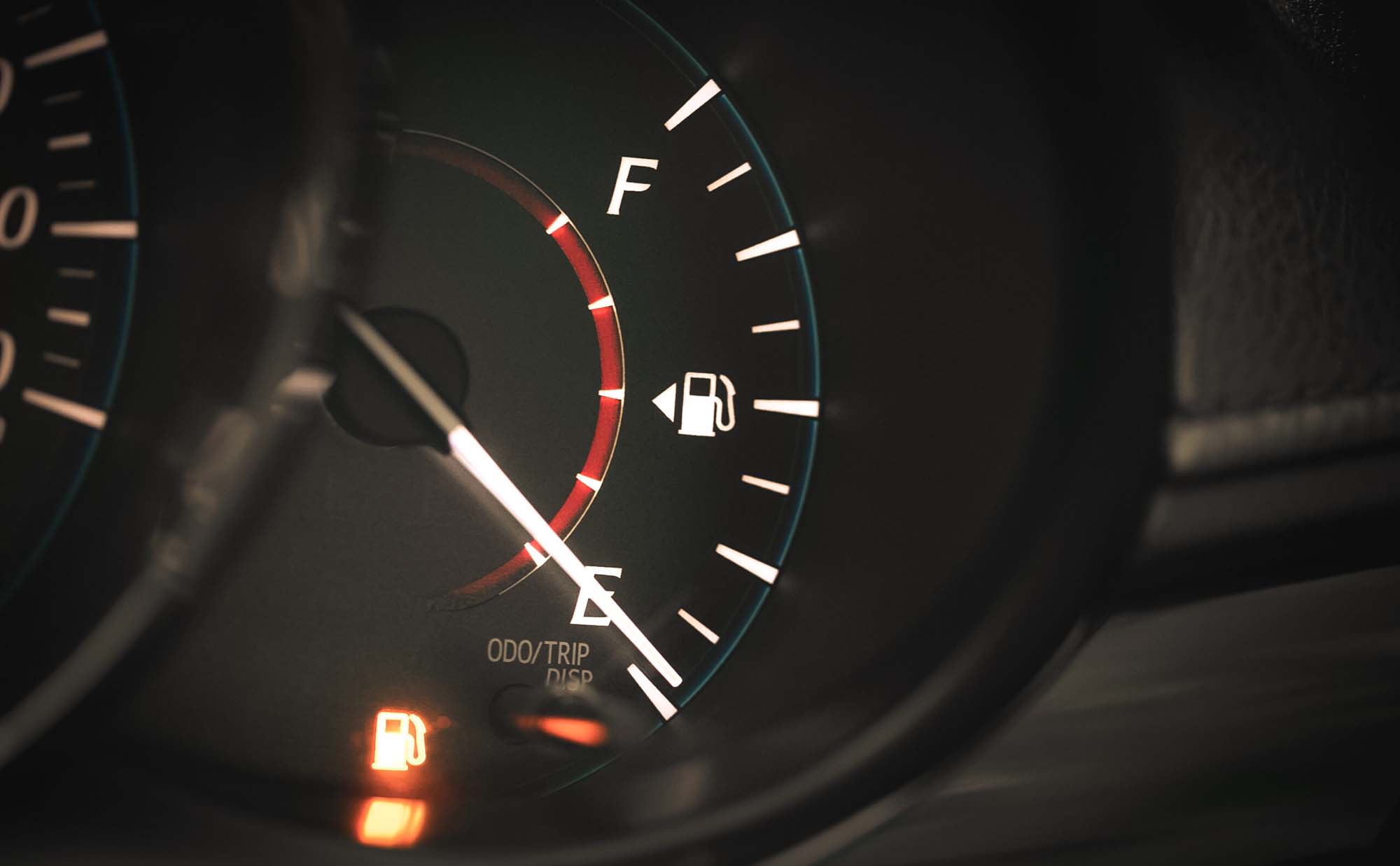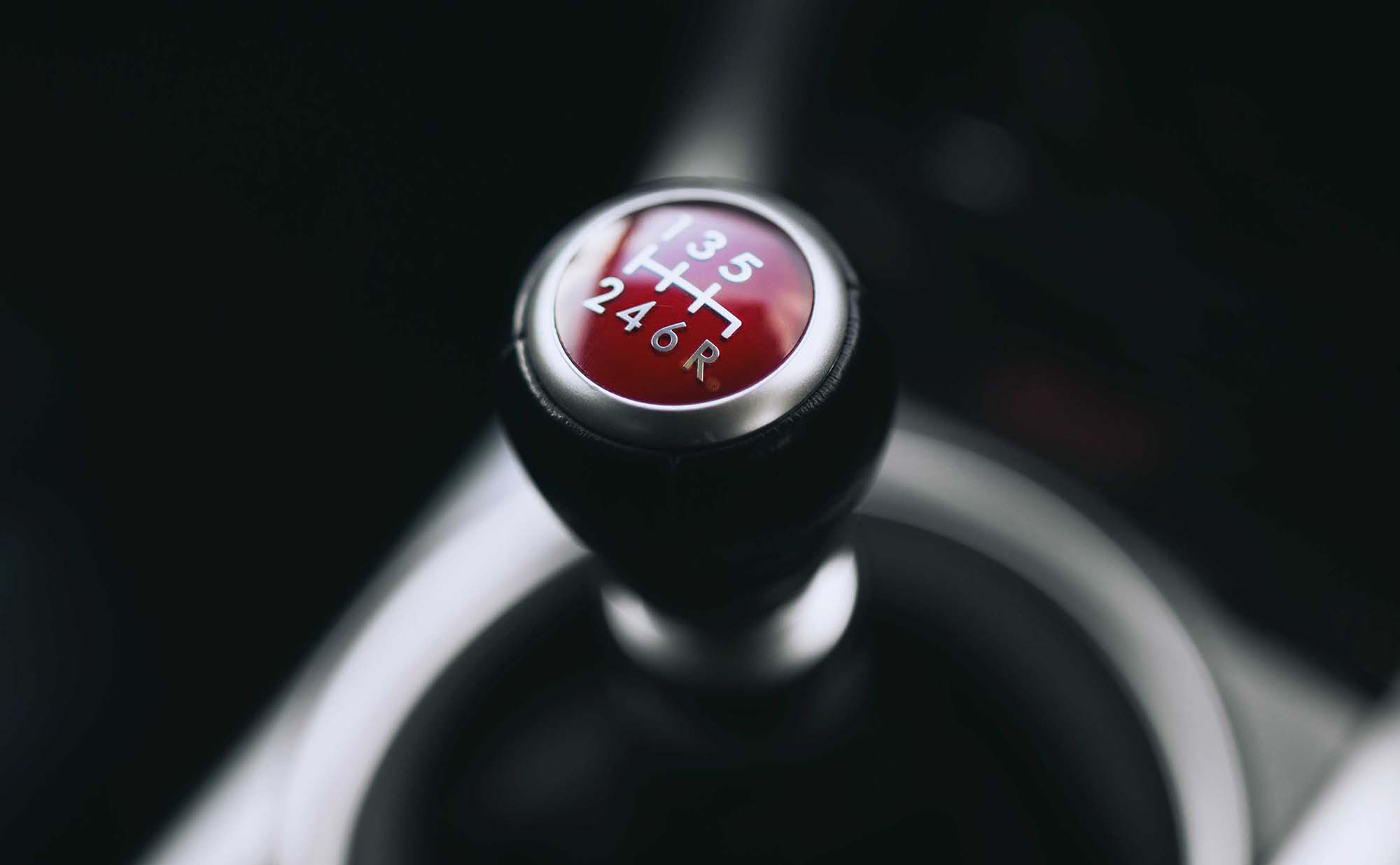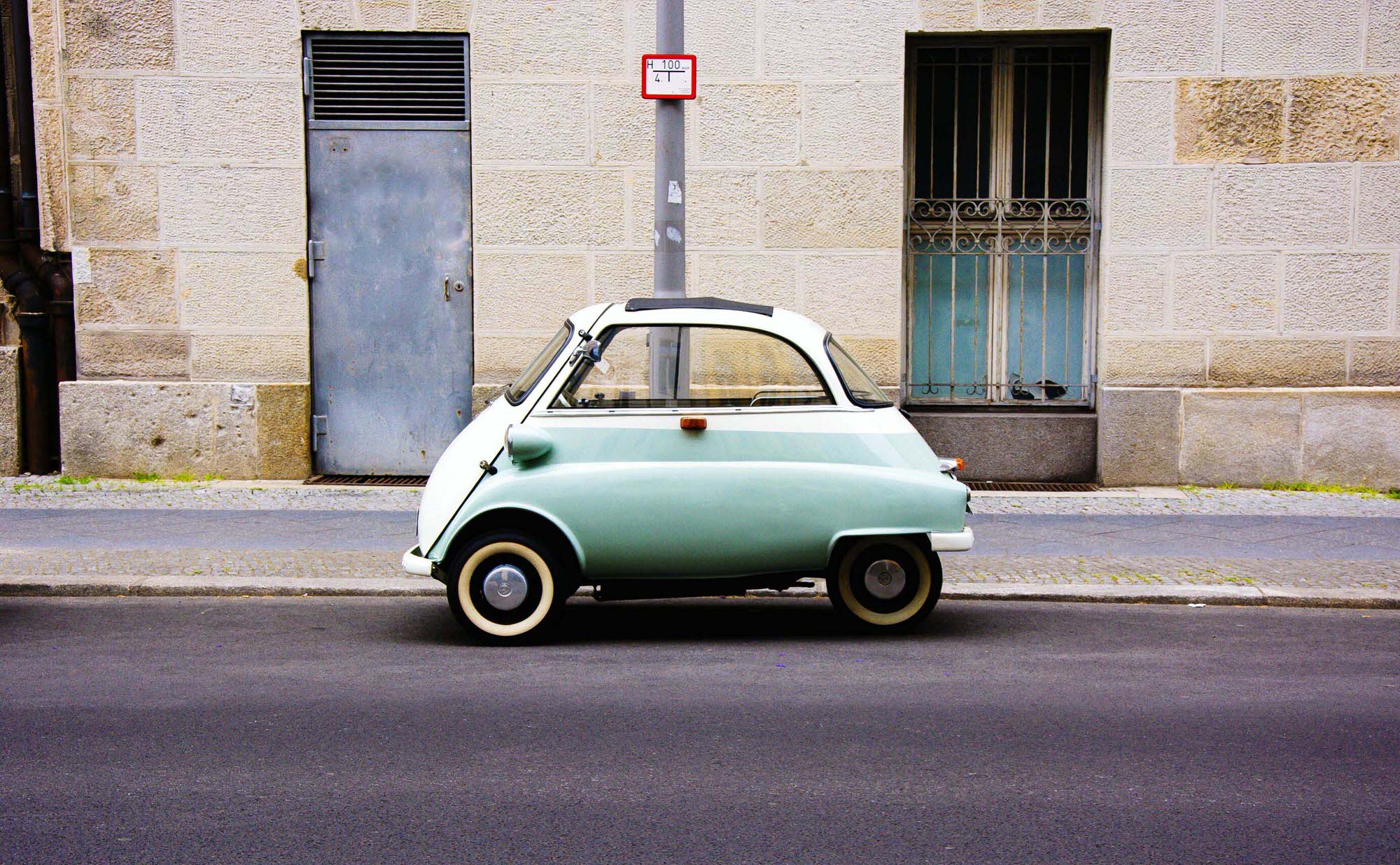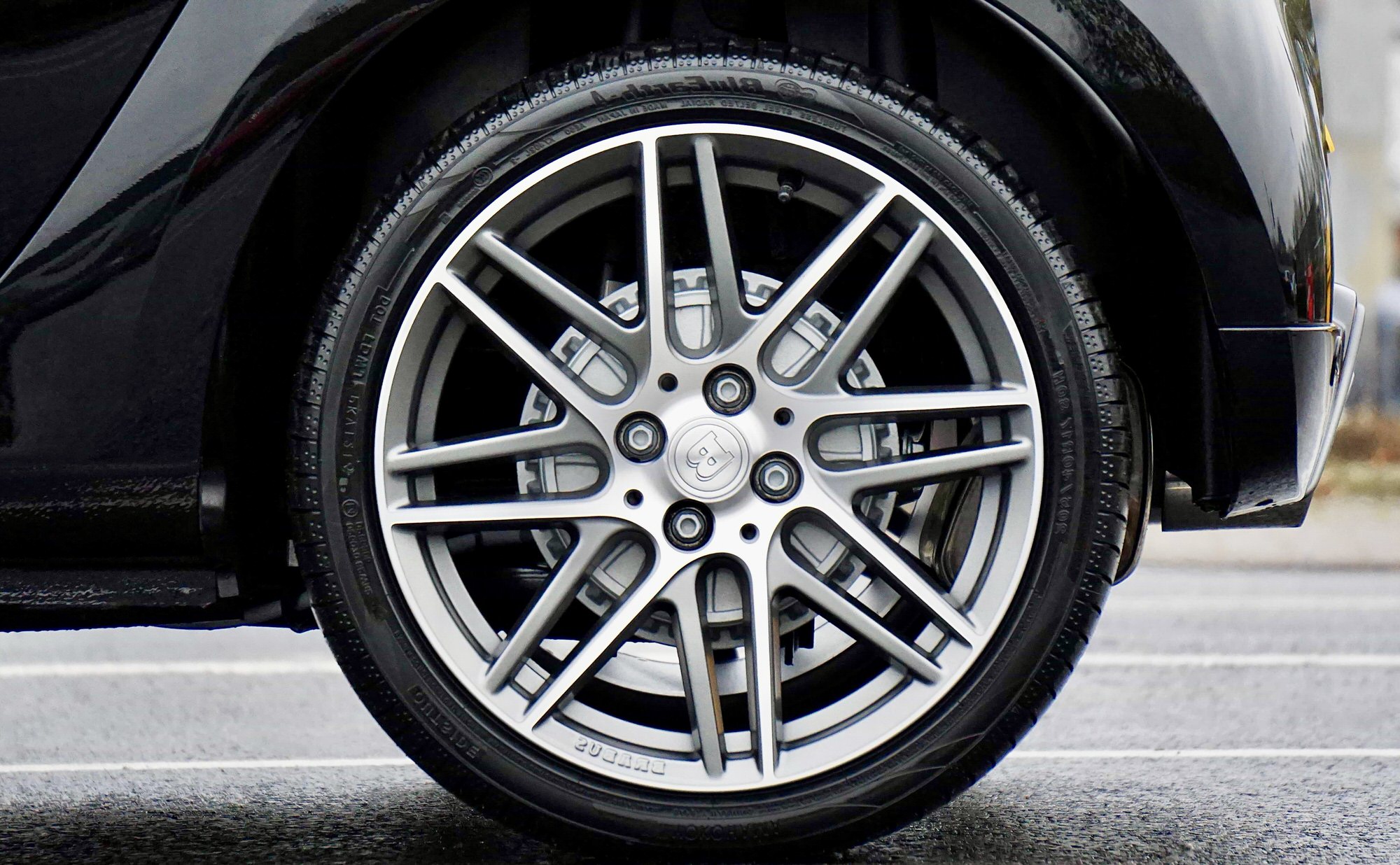Many modern motorists still prefer manual transmissions, and they'll give you a litany of reasons why. But, is fuel efficiency a reason to choose stick?
There is a ton of false information out there. Some of it is misguided, and some of it is just leftover from when vehicles were made in a different way to completely different regulations. Here are the answers, straight from our experts.
“Don’t run your gas tank empty, it will clog your fuel pump”
If you are a millennial or Gen Xer, there is a very good chance that you were taught to never run your gas tank completely empty because it would clog up your fuel pump and you would shorten the life of your engine components. We have heard this many times ourselves and we understand why it would be a concern, since fuel pump replacement is not a trivial repair. The real question is, though, does this sentiment hold true today?
Nearly every vehicle on the road has a fuel pump inside the gas tank. This is true. This fuel pump is located right down at the bottom of the tank to ensure that it can get every last drop of fuel from the tank should you run dry. It is also true that your fuel tank could have dirt and debris in it, possibly from a corroding fuel tank, or condensation accumulating after many short trips around the neighbourhood. When you combine these two truths though, does that mean the dirt and debris will clog your fuel pump if you run your tank dry?
MYTH! (mostly)
Your parent may have been right to avoid a low fuel tank in vehicles from their generation. Many were manufactured with less sophisticated rust protection and fuel tanks would begin to corrode and rust much sooner than they ever would today. Fuel pumps were also less advanced and were more prone to getting clogged. Today, modern fuel pumps have a protective screen or porous sock-like cover that catches any contaminants before they enter the fuel system, and any tiny bits that might get through would normally be caught by a second filter closer to the engine. Even if these filters were not in place, all of the dirt and debris would get into the fuel pump even on a full tank, since they sink to the bottom of the tank where the fuel pump resides anyway.
One thing to note is that your fuel pump is lubricated and cooled by the fuel that passes through it. This means that while it may be okay to wait for the fuel light before filling up, it is not a good practice to run your tank completely dry to the point of engine failure. Running bone dry is one way to cause premature fuel pump failure. The good news is that the “low fuel” light comes on when there’s anywhere from 4 to 8 litres left in reserve, which is plenty to keep the pump safe while you get to a gas station.
Do you have any burning questions for our team? Hit us up, we would love to hear from you.




